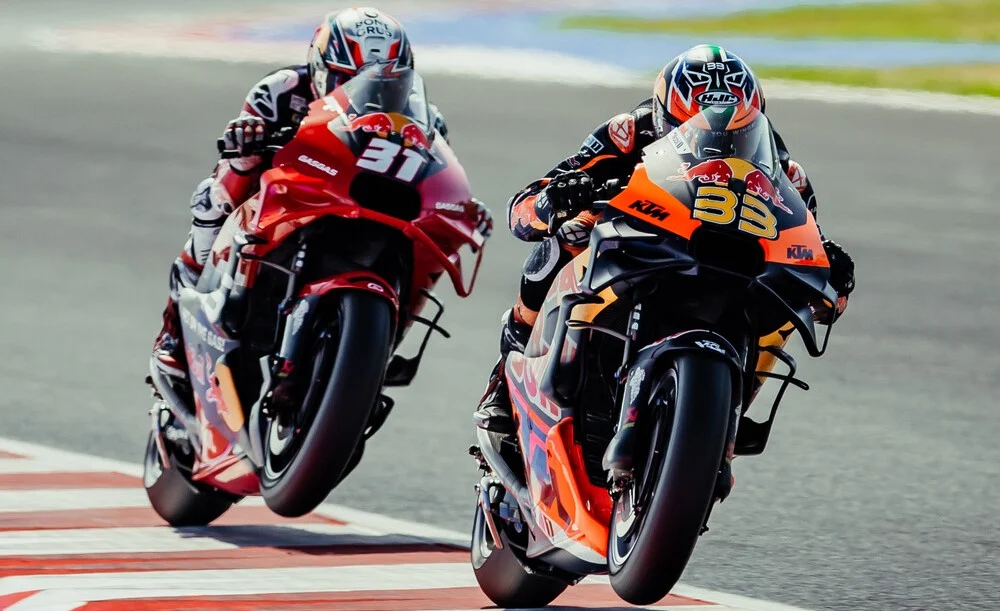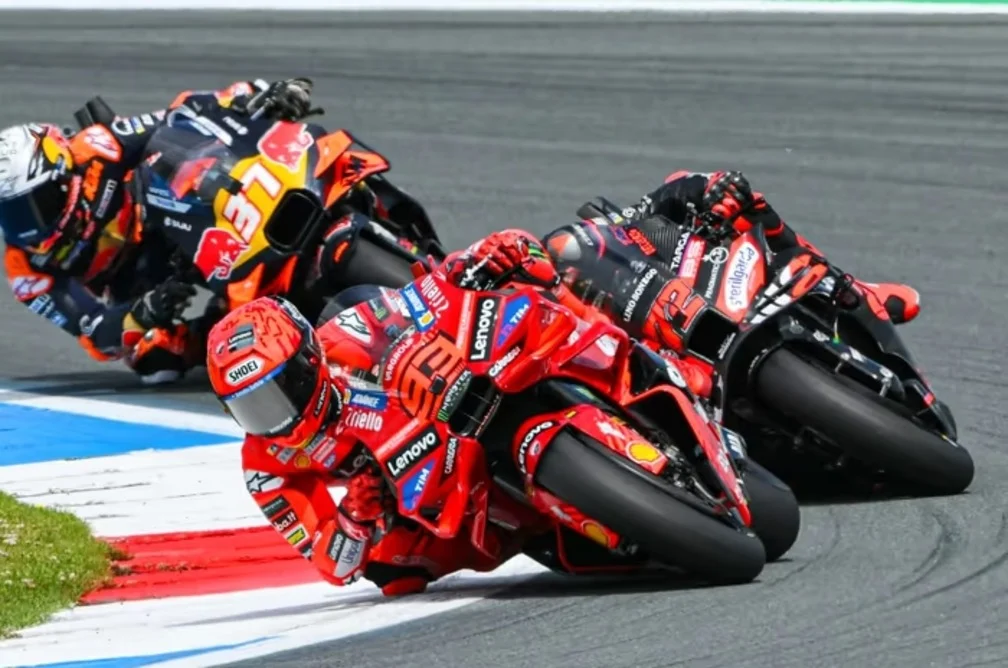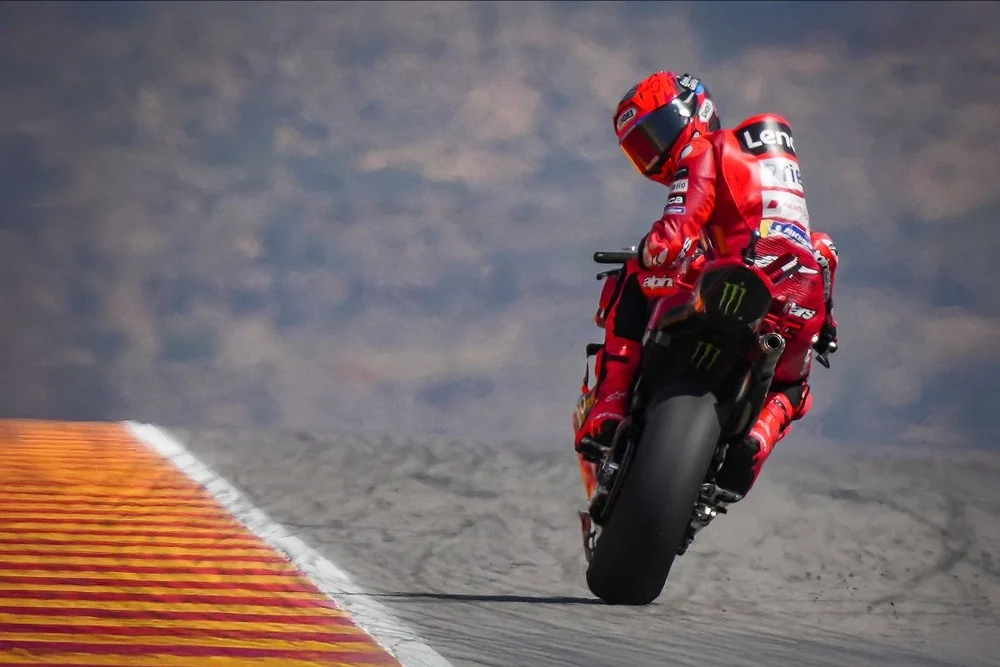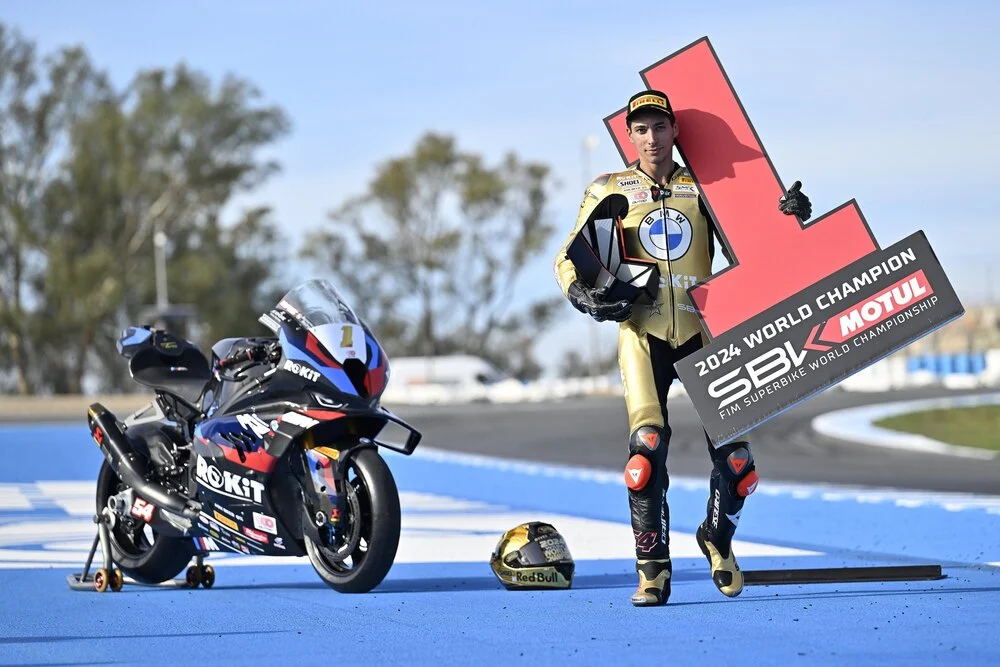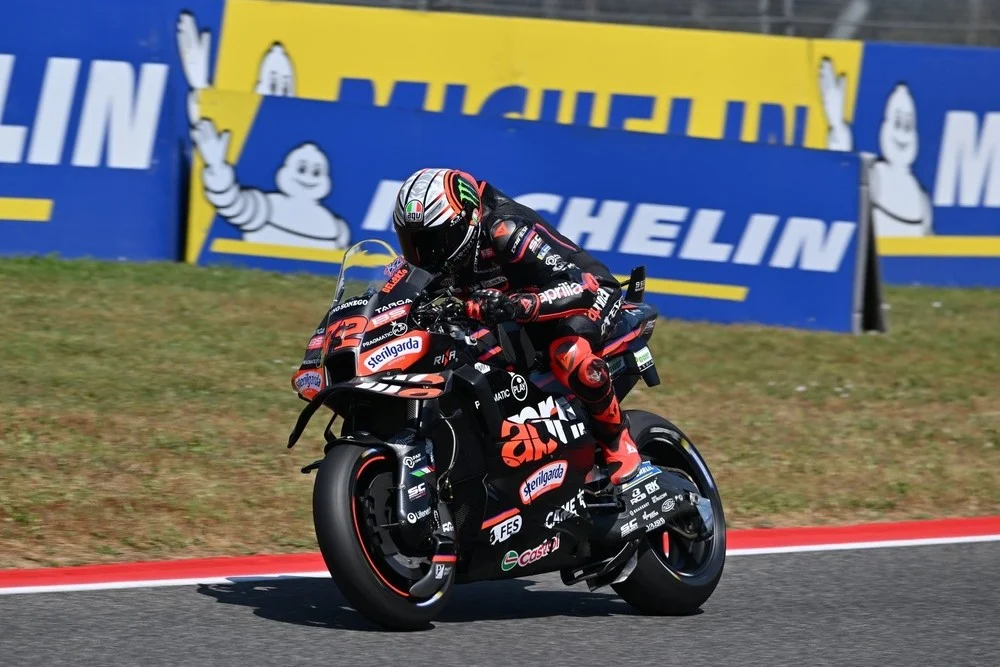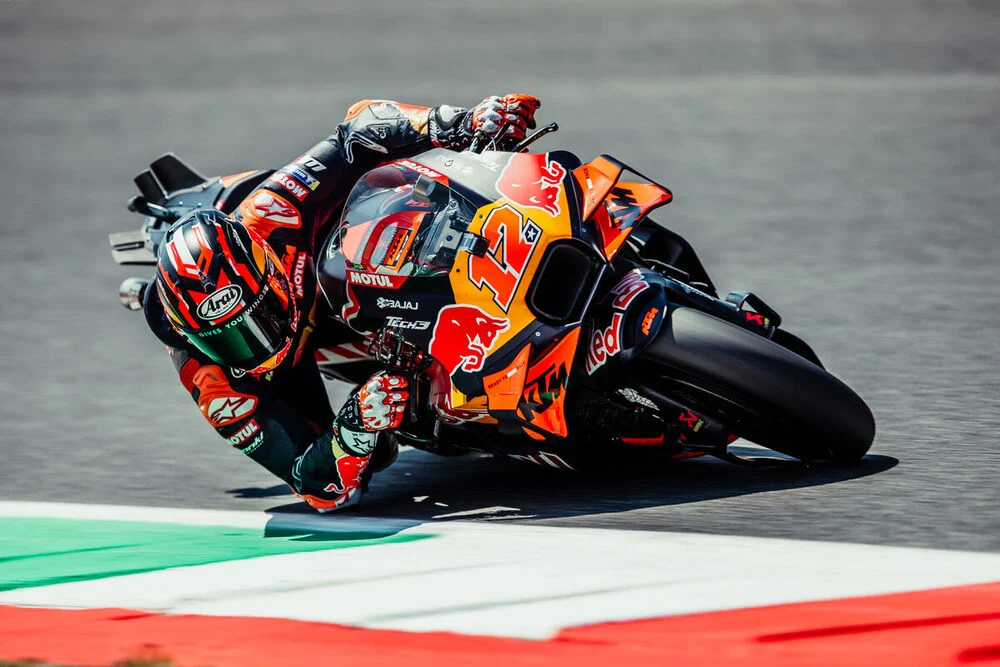Recent reports have confirmed that KTM’s MotoGP exit is planned for 2026 as part of comprehensive restructuring efforts driven by significant financial challenges.
The renowned Austrian motorcycle manufacturer has been grappling with debts exceeding €3 billion, which led to its recent entry into self-administration—a process aimed at preventing bankruptcy and stabilizing its operations.
The decision behind KTM’s MotoGP exit comes after months of speculation regarding the sustainability of its involvement in high-level motorsport, particularly following a creditors’ hearing earlier this month that highlighted the necessity for drastic cost-cutting measures.
According to statements from KTM’s debt administrator, the Alpine Creditors Association (AKV), the decision to withdraw from MotoGP is officially part of the company’s restructuring efforts.
The AKV noted that KTM’s MotoGP exit plans are primarily motivated by the need to reduce operational costs significantly. It is estimated that leaving MotoGP, along with its support classes—Moto2 and Moto3—could save the company approximately €46 million annually.
The substantial reduction in expenditure is critical as the company seeks to navigate its financial turmoil and emerge on a more stable footing.
KTM’s management has publicly committed to participating in the MotoGP season in 2025 but has refrained from making any promises regarding its future beyond that year.
The current contract with Dorna Sports, which manages MotoGP’s commercial rights, runs until the end of 2026. However, there are concerns about potential public relations damage if KTM’s MotoGP exit comes prematurely.
READ ALSO: KTM MotoGP development grinds to a halt amid bankruptcy fears
According to Austrian newspaper Der Standard, KTM’s management anticipates significant “PR damage” if they withdraw from racing before fulfilling their contractual obligations.
The implications of KTM’s planned exit extend beyond financial considerations; they also encompass the competitive landscape of MotoGP. The manufacturer has made considerable strides in recent years, establishing itself as a formidable competitor alongside brands like Ducati and Yamaha.
KTM’s MotoGP exit could also impact rider contracts and team compositions across the grid. Currently, Brad Binder is contracted through 2026, while other notable riders such as Pedro Acosta, Enea Bastianini, and Maverick Vinales have multi-year agreements that complicate any potential transition.
As part of its restructuring efforts, KTM has been exploring various avenues for investment to bolster its financial standing. Discussions have reportedly taken place with potential investors, including figures associated with Formula 1 superstar Lewis Hamilton.
These negotiations could provide crucial funding necessary for KTM to maintain some level of motorsport involvement or even facilitate a smoother exit from MotoGP.
However, the timeline for securing these investments is pressing; interested parties must submit their offers by mid-January, followed by a creditors’ vote at the end of February.
The outcome of this process will significantly influence KTM’s strategic direction moving forward. If successful in attracting new investment, the manufacturer may change plans regarding its racing commitments.
KTM’s current financial predicament is largely attributed to ambitious expansion efforts undertaken during and after the COVID-19 pandemic. These initiatives included acquisitions in various sectors, such as cycling and other motorcycle brands like GasGas and Husqvarna.
While these moves were initially aimed at diversifying and strengthening KTM’s market presence, they have ultimately contributed to its current fiscal challenges.
In addition to potential savings from KTM’s MotoGP exit, the manufacturer has implemented immediate cost-cutting measures across its operations. Reports indicate that these measures include workforce reductions and a temporary suspension of production activities.
Such drastic actions underscore the severity of the company’s financial situation and highlight the urgency with which it must act to stabilize its operations.
The broader implications of KTM’s MotoGP exit raise critical questions about the future of motorsport within the company. As one of the prominent players in motorcycle racing, KTM’s withdrawal could lead to a significant shift in how teams approach talent development and competition within the sport.
The loss of a competitive manufacturer may prompt Dorna Sports to seek new entrants into MotoGP to ensure a robust grid for upcoming seasons. Reports have suggested that companies like BMW could be potential candidates to fill any gaps left by departing teams.
Moreover, KTM’s MotoGP exit plans may be strategically aligned with significant changes anticipated in MotoGP regulations starting from 2027, including new technical specifications aimed at improving competition and sustainability.

